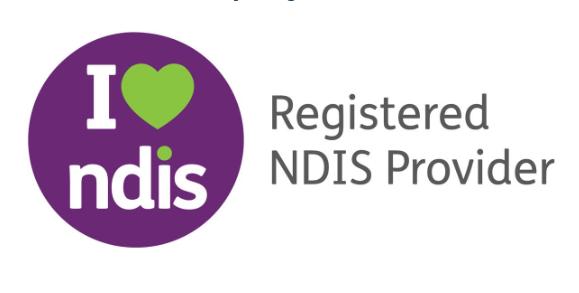
-
Introduction
-
What Is the Thriving Kids Program?
- Provide early intervention supports for children up to the age of eight.
- Focus on children with mild to moderate developmental concerns or autism.
- Deliver help through existing community channels such as GPs, schools, allied health providers, and local support hubs.
- Ensure families can access timely, welcoming and inclusive support without needing to apply for the NDIS.
-
Why Was Thriving Kids Introduced?
- Protect the sustainability of the NDIS for those who need lifelong support.
- Streamline access for families, so children can get help faster without a lengthy NDIS application process.
- Integrate community-based supports into health, education, and local government systems, reducing duplication and confusion.
-
How Will Thriving Kids Work?
- Medicare-funded services: New items for developmental health checks and allied health support.
- Schools and childcare centres: Embedding supports into existing education environments.
- Community hubs and drop-in centres: Local spaces for parents to get advice, therapy referrals, and practical guidance.
- Digital resources: Online platforms with fact sheets, toolkits, and referral pathways.
- The NDIS Review Panel.
- An Advisory Group led by Professor Frank Oberklaid, a leading expert in child development.
- Families, advocates, and disability organisations.
- Children under the age of nine with mild to moderate developmental delays or autism.
- Children requiring more intensive or long-term support will still be eligible for the NDIS.
- 1 July 2026: Official program launch.
- Mid-2027: Full national rollout.
- Where Can Families Access Information?
- Support Coordinators
5.Support coordinators are one of the best sources of information. They can:
- Explain the transition from NDIS to Thriving Kids.
- Help families map out dual support pathways.
- Connect parents to local health and education professionals.
- Ensure no supports are lost during the transition period.
- Government Resources
- Department of Health, Disability, and Aged Care will provide official fact sheets and FAQs.
- NDIS websites and portals will include regular updates.
- State and territory health departments will share region-specific rollout information.
- Advocacy Organisations
- Hosting webinars and community forums.
- Explaining how eligibility will be determined.
- Advocating for families during rollout.
- Allied Health and Education Professionals
- GPs, occupational therapists, speech pathologists, and educators will become frontline providers of Thriving Kids services.
- Many will receive training and guidance to deliver these supports effectively.
- Community Networks
-
Key Benefits for Families
- Earlier, welcoming and inclusive access to support in familiar settings like schools, GPs, and playgroups.
- Simplified pathways that reduce paperwork and wait times.
- Nationally consistent service delivery, ensuring children in different states receive comparable levels of support.
- Sustainability of the NDIS, keeping it focused on individuals with permanent and significant disabilities.
-
Challenges and Concerns
- Equity of access: Ensuring families in rural or low-income areas have the same opportunities as those in cities.
- Service capacity: Australia faces workforce shortages in allied health and early intervention specialists.
- Diagnostic clarity: Families worry about whether their child will be considered “mild, moderate, or severe,” which affects eligibility.
- Transition risks: Some families may feel uncertain about moving from the security of an NDIS plan to community-based supports.
-
Preparing for the Transition – A Family Checklist
- Review your child’s current supports: Make sure goals and therapy notes are up to date.
- Engage your support coordinator early: Ask them about timelines and community-based options.
- Collect professional reports: Have assessments ready for when eligibility is reviewed.
- Stay connected: Sign up for newsletters and government updates.
- Explore local services now: Build relationships with schools, GPs, and community hubs that may deliver Thriving Kids supports.
-
Final Thoughts




